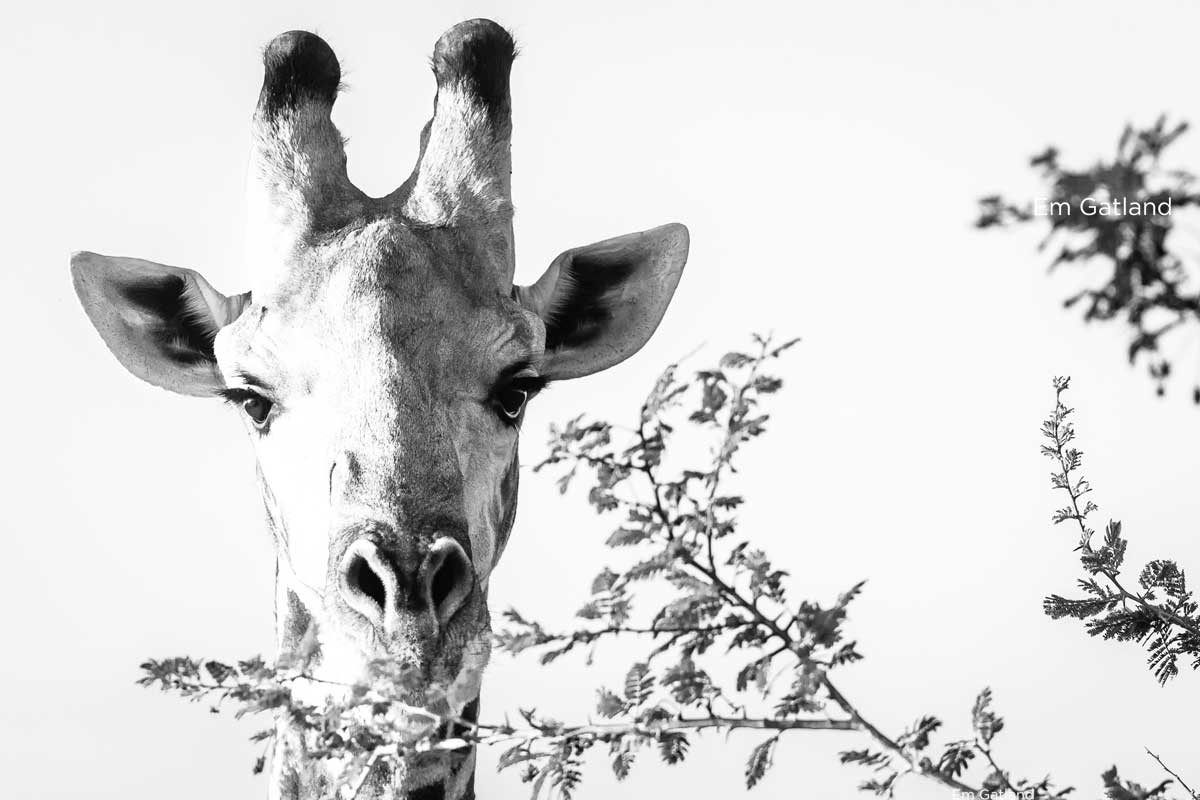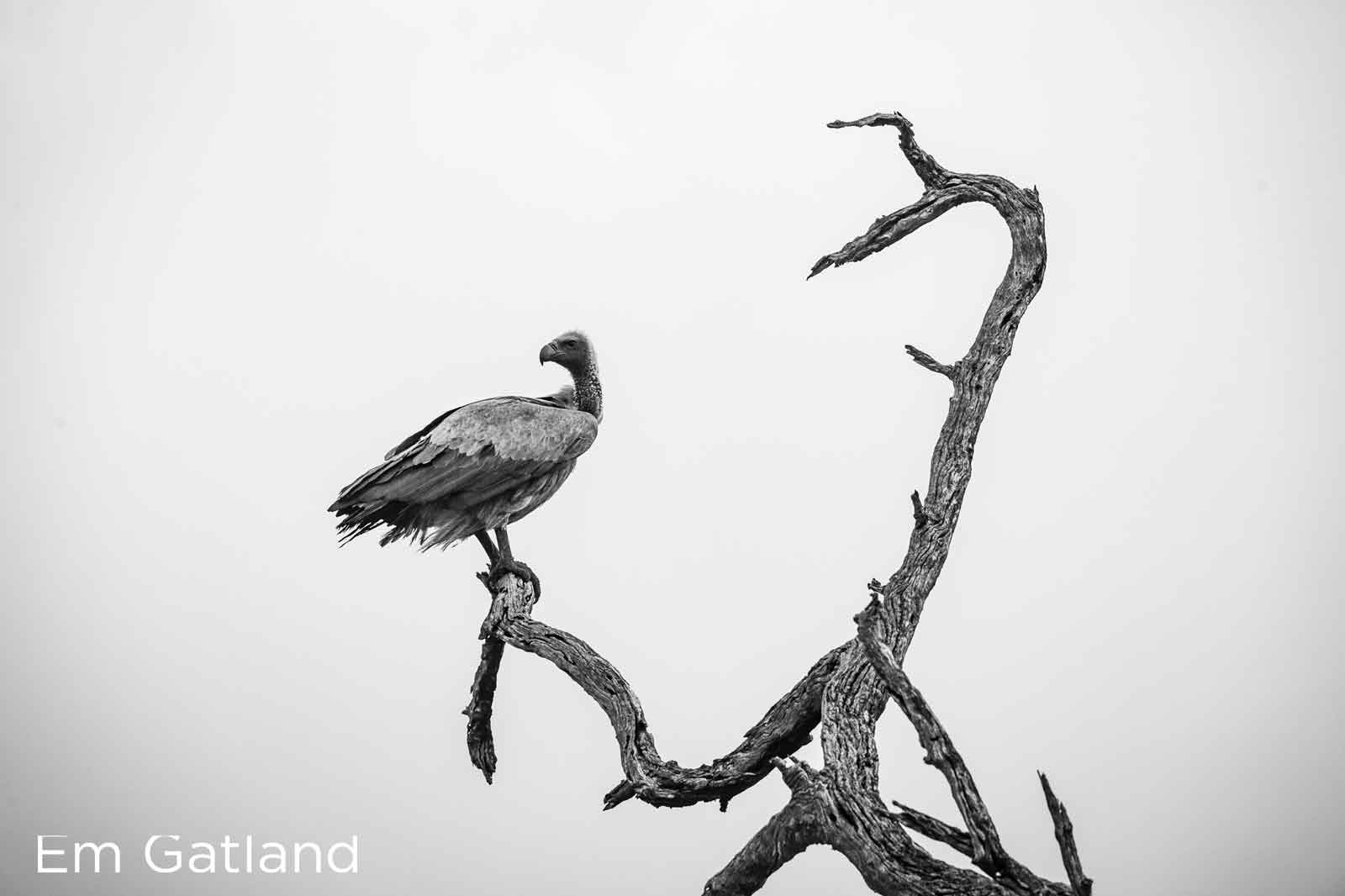The Kruger savannah comprises scrubveld, sweet grasses and mixed woodlands that, together with our wildlife, makes up a fascinating biome. The diverse habitat is home to an array of small mammals, giant herbivores, rodents, big game, predators, and birds. Many of these species share a special relationship with the indigenous flora of the area, proof that the delicate eco-system works like a well-oiled harmonious machine. Today we look at a few dependent relationships between trees and wildlife in the Greater Kruger; and pear trees to species. The next time you’re observing wildlife congregated around a specific type of tree, ask you if there is some sort of mutualism between tree and animal. Let’s talk about the relationship between wildlife and trees in the Greater Kruger.
Mopane and Elephants
The mopane tree is covered in flat leaves that are high in protein. This is a herbivores’ favourite nutritious snack and the majority of plains game consume vast quantities of the leaves. Although high in tannins, mopane is actually a favourite meal of elephants. Pachyderms will digest vast amounts of the leaves and bark during the rainy season when the tannins decrease, and the leaves become more palatable. The butterfly-shaped leaf of the mopane is believed to relieve a number of digestive ailments if you make tea from the leaves.

Jackal-berry and Jackals
The omnivorous and fruit-loving black-backed jackal is a connoisseur of the jackal-berry fruit and tends to devour excessive quantities of the fallen grape-shaped fruit from this tree. The trees are impressive in size and provide massive shady canopies over areas. The tree is also known as the ebony tree because of its dark bark speckled with white patches.
The ripened fruit can be used in a variety of condiments, and for brewing beer and brandy.
Acacia and Giraffe
Giraffe have a very special relationship with acacia trees and in particular the knob thorn acacia. Giraffe are the mammal pollinators of the knob thorn, an unusual role for an animal. When the knob thorn produces flowers, giraffe devour the small flowers in a gluttonous feast. The pollen from the flowers attaches to the giraffe’s hide and as they journey along, the pollen is deposited.
Fever trees have pods which provide sustenance to an array of herbivores, including the giraffe. Interestingly enough, acacia trees “talk”. When giraffe feed excessively on one tree in produces an excess of tannins, in conjunction with other chemicals released that warns other trees in the area.

Leadwood and Vultures
The wood from the leadwood tree is incredibly heavy and can actually sink in large bodies of water. It remains standing long after the tree has died – the wood is so hardened that not much can bore its way through the trunk and branches. The wood is so sturdy that it was actually used for railway sleepers. The perfect weight to prop up heavy objects! It’s not a user-friendly wood.
What’s the relationship between vultures and the leadwood? Vultures are the heavyweights of the animal kingdom and need a sturdy perch. Wakes of vultures are often seen balancing on branches of dead leadwoods, which only adds to the grim reaper nature of these scavengers.


